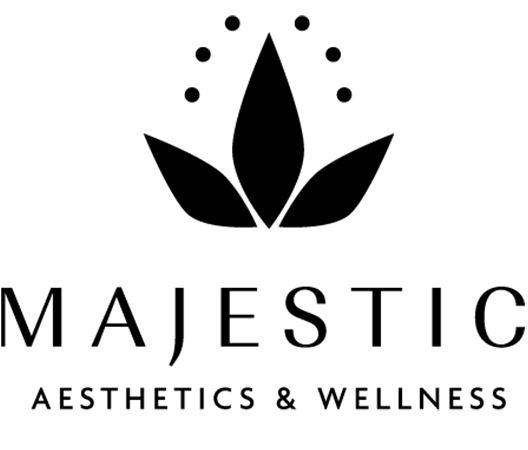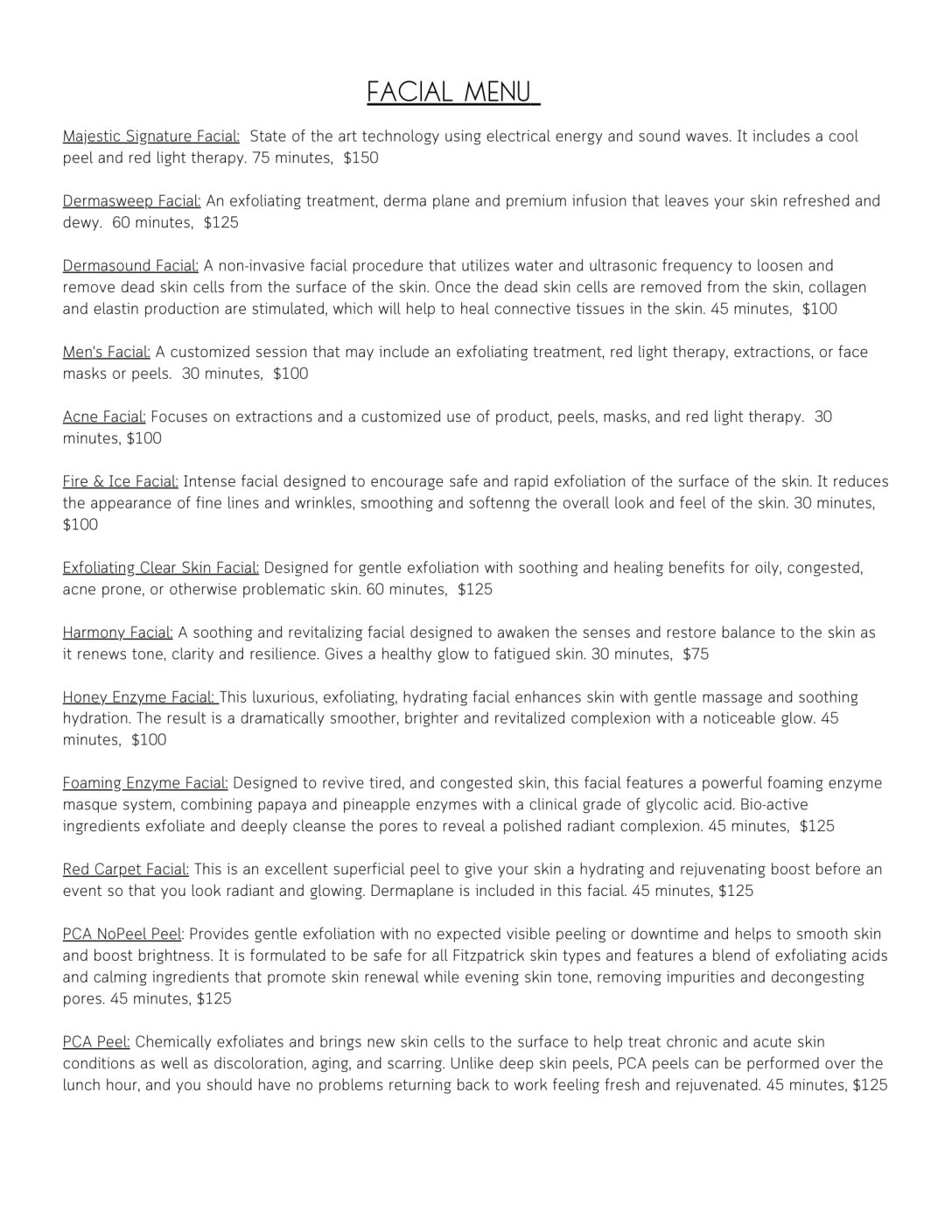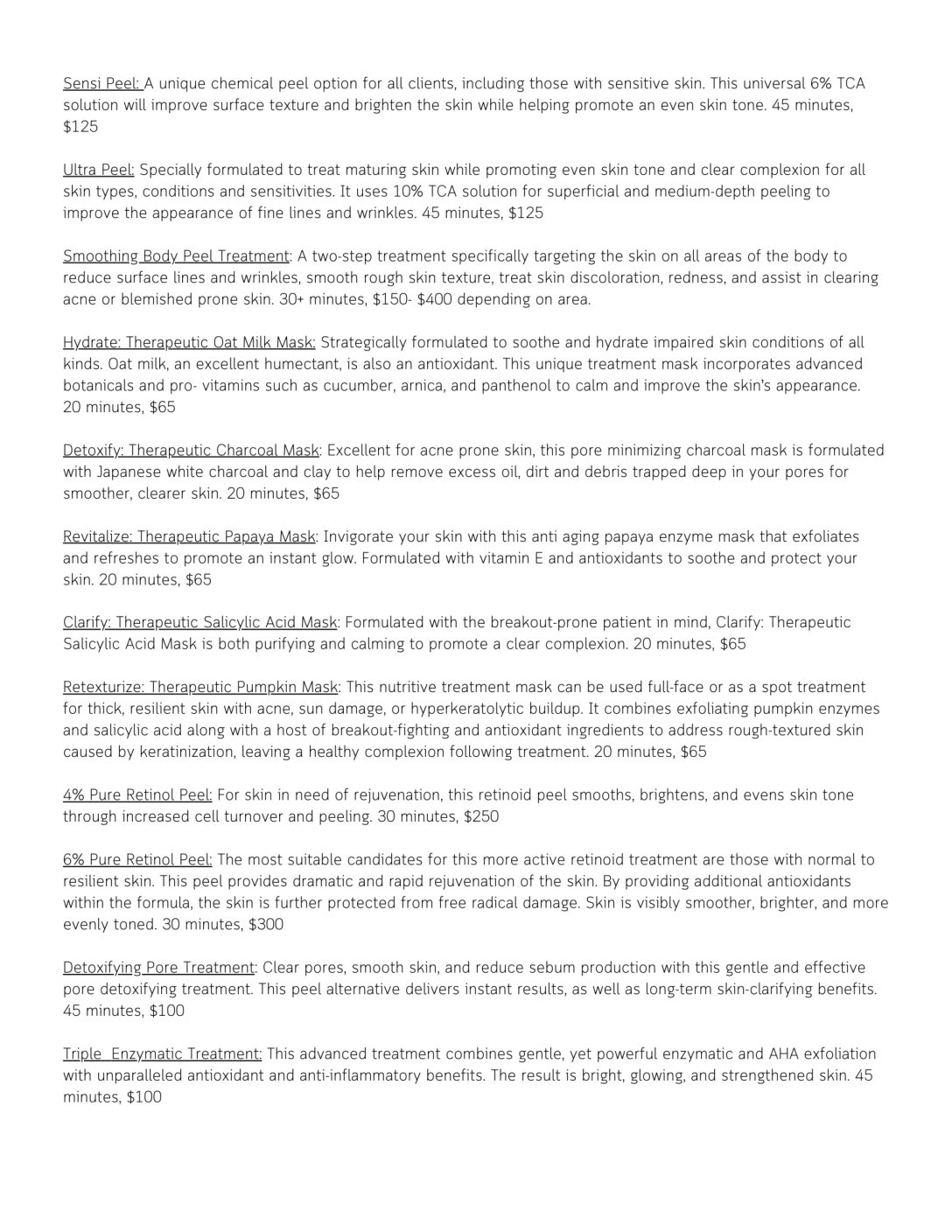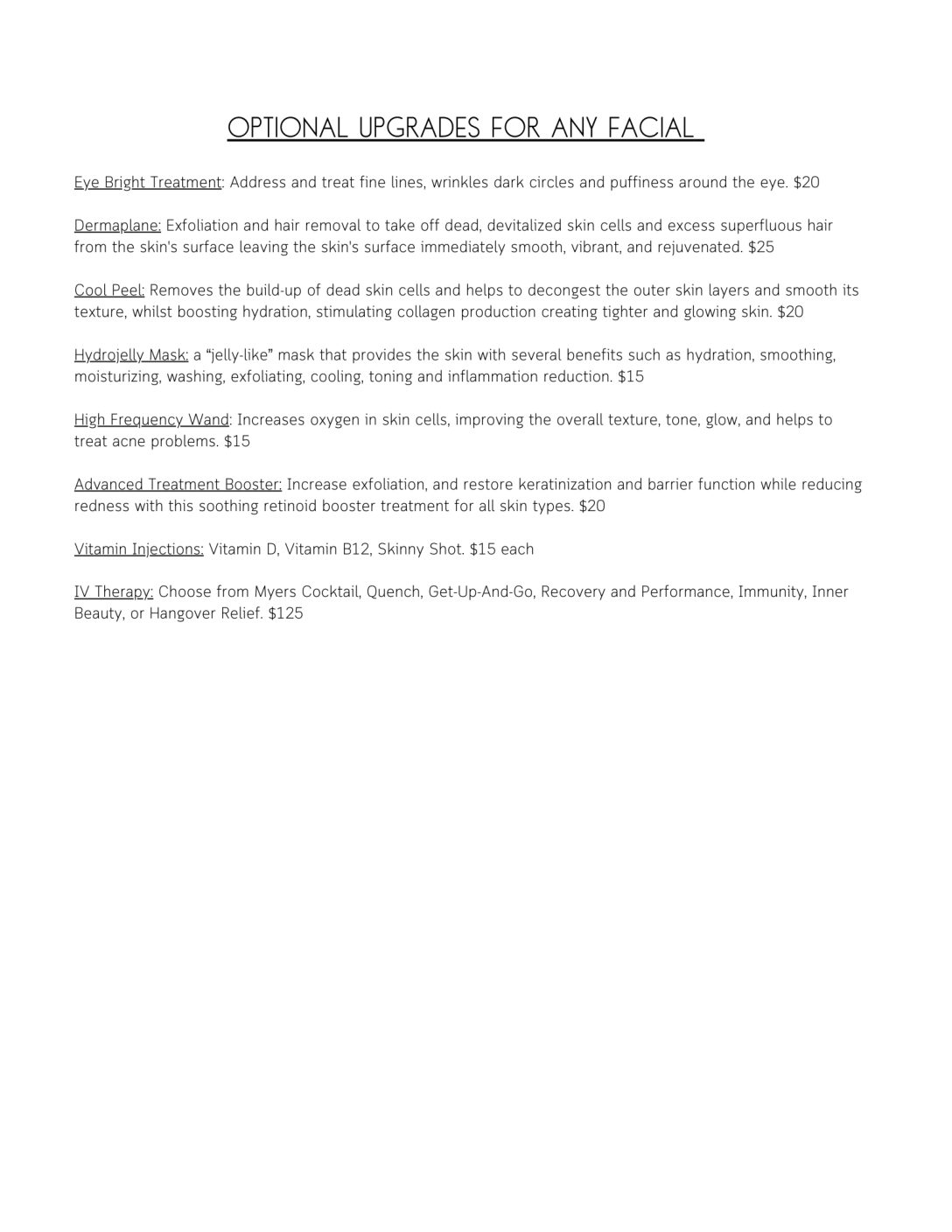Cosmetic threads offer patients remarkable aesthetic results softly tightening and smoothing, creating a natural more youthful look almost immediately. Cosmetic Threads can be used in conjunction with other cosmetic rejuvenation treatment modalities.
Cosmetic Threads
What are Comestic Threads?

How it works
Monofilament threads, more commonly referred to as ‘Mono’ or ‘Smooth’ threads are completely smooth, hair-like threads, without barbs that are placed superficially under the skin. They produce a regenerative and firming effect that visibly improves skin quality.
Barbed, or cog threads allow for a powerful lift with improvement in facial tightening and rejuvenation. Four barbs strategically placed 360 degrees around the thread (at 12,3,6, and 9) act as cogs to clasp the skin creating tension in the thread which lifts and suspends the facial area. Collagen is formed around the threads and their barbs resulting in an increased lifting effect.
Cog threads can create tightening and lifting of areas around the eyes/brows, shaping of the cheekbones, contour of the mid-face and neck, lifting of the neck and the restructuring of soft body tissue such as breast and knee lifting. Lifting results are immediate.


COSMETIC THREADS
FOR THE FACE
A cosmetic thread procedure offers mirror-like effects of the more invasive, surgical face-lift procedure without the added pain and hassle.
Forehead Lines
Brown Droop
Frown Lines
Crow’s Feet
Acne Scars
Bunny Lines
Smile Lines
Lip Lines
Marionette Lines
Jowls
Benefits of PDO/PLLA Threads
For many, the ideal image of timeless beauty is embodied in the classic European female form. The artistry of the feminine shape, the curvatures, the angles, and textures, are all synonymous with youthful vibrance. Until now, our ability to replicate nature’s youthful canvas have fallen short as seen in the artificial and unnatural results of other other cosmetic treatment modalities.
Superior aesthetic devices such as Cosmetic Threads and the accompanying advanced medical technology are allowing cosmetic professionals to provide their patients with a more natural, youthful looking result than ever before.
Cosmetic Thread treatments are a less invasive alternative for rejuvenating the face, neck, and body. Results are achieved with considerably less downtime as well as decreased risks for complications and adverse reactions. Patients are able to return to work and their daily activities quicker and without the scarring and trauma associated with previous “lifting” treatments and without many of the risks associated with dermal filler techniques.






